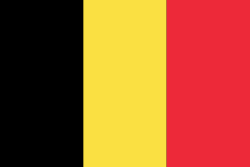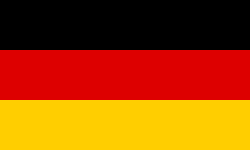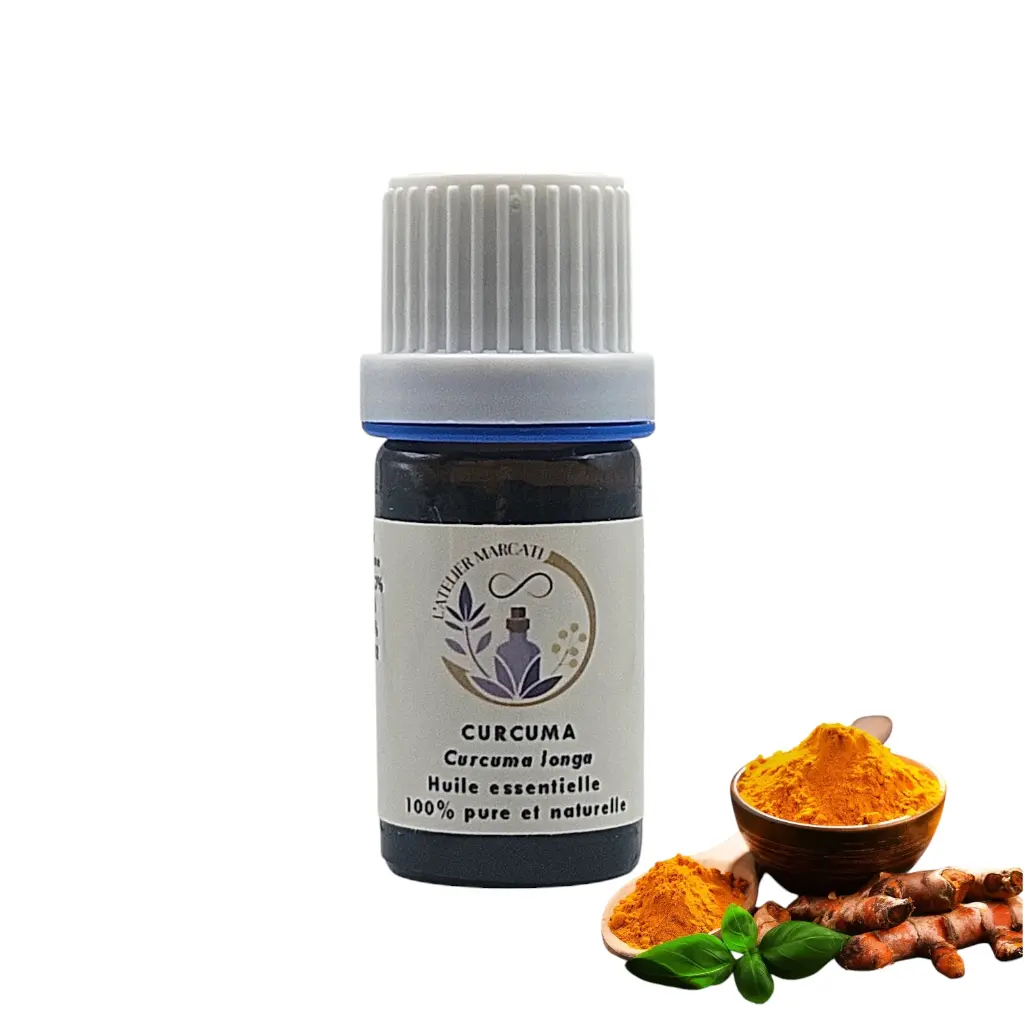Huile Essentielle Curcuma
Nom botanique: Curcuma longa

Chémotype et indications
Carte d'identité
Nom français: Curcuma
Nom botanique: Curcuma longa
Partie distillée: Rhizome
Famille botanique: Zingibéracées
Origine: Madagascar
Composition chimique:
- Cétones : Arturmérone (+/- 60%)
- Monoterpènes : Alpha Phéllandrène, Delta Sabinène
- Monoterpénol : Bornéol
- Oxydes : 1,8-Cinéole
- Sesquiterpènes : Zingibérène (25%)
Propriétés physiques et indications thérapeutiques:
- Aérocolie*
- Antalgique
- Aphrodisiaque
- Carminatif
- Cholérétique*
- Cicatrisant
- Colite douloureuse*
- Dermatose
- Parasiticide intestinal*
- Rhumatisme*
- Stimulant digestif*
- Stimulant hépato-biliaire*
- Vermifuge*
Informations complémentaires
Danger : Dose élevée : irritant, voire allergisant ; Abortif ; Légèrement toxique ; Neurotoxique ; Interdit aux femmes enceintes ; bébés ; enfants
Légende: * puissant,** très puissant;*** extrêmement puissant (valeur de puissance pour la pathologie associée)
Référence et
source bibliographique: Lily BAYER et Dr Hervé STAUB, (2013) "Traité
approfondi de Phyto et Aromathérapie", Ed. Grancher. p. 490.
LES INDICATIONS EN AROMATHERAPIE ET L'USAGE DES HUILES ESSENTIELLES NE
CONSTITUENT PAS UN DIAGNOSTIC MEDICAL ET NE REMPLACENT PAS L'AVIS D'UN MEDECIN
NI LES TRAITEMENTS MEDICAUX !



